Science, Space and Technology News 2024
Research from the Monell Chemical Senses Center highlights the role of the TAS1R2-TAS1R3 receptor in regulating glucose metabolism, offering insights into potential treatments for metabolic disorders.The sweet taste receptor, expressed in taste bud cells, conveys sweetness from the mouth when it is activated. Earlier this month, a study in, led by another Monell researcher, delved into how the sweet-taste receptor might be the first stop in a metabolic surveillance system for sugar.
“Our objective was to determine whether TAS1R2-TAS1R3 influences glucose metabolism in two directions,” said Monell Member Paul Breslin, PhD, Professor of Nutritional Sciences, Rutgers University, and senior author on the paper.They showed that a TAS1R2-TAS1R3 agonist or a TAS1R2-TAS1R3 antagonist mixed with a glucose meal acutely altered human glucose tolerance in different ways.
“This system is elegant in its simplicity,” said Breslin. The same taste receptor is all over the body – the mouth, gastrointestinal tract, pancreas, liver, and fat cells, with the last three being major metabolic regulatory tissues, all part of the body’s 24/7 metabolic watch. The team maintains that, in general, the current dietary habits of excessive consumption of food and beverages high in sucrose, high fructose corn syrup, and high-potency sweeteners could hyperstimulate TAS1R2-TAS1R3, contributing to the improper regulation of glucose in the blood. This could lead to a diagnosis of metabolic syndrome, a cluster of risk factors including elevated plasma glucose and insulin insensitivity that increases the risk of heart disease, stroke, and diabetes.
United Kingdom Latest News, United Kingdom Headlines
Similar News:You can also read news stories similar to this one that we have collected from other news sources.
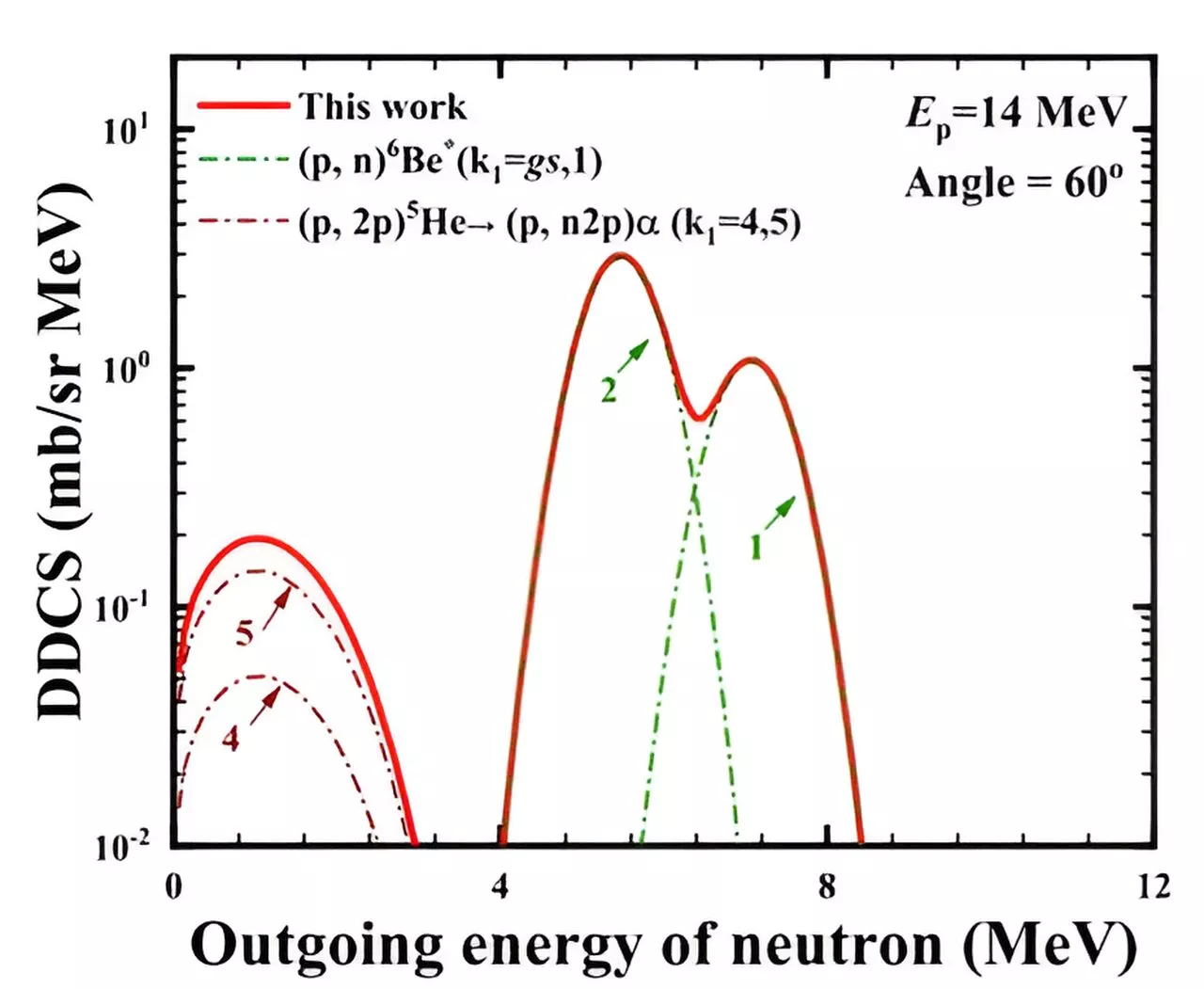 Proton-lithium interactions model lays the foundation for unlocking the secrets of stellar reactionsThe reactions between protons and lithium isotopes, especially lithium-6, are pivotal for several domains ranging from nuclear energy applications to astrophysics. The detailed understanding of these interactions aids in improving models for neutron generation and sheds light on cosmic nucleosynthesis processes.
Proton-lithium interactions model lays the foundation for unlocking the secrets of stellar reactionsThe reactions between protons and lithium isotopes, especially lithium-6, are pivotal for several domains ranging from nuclear energy applications to astrophysics. The detailed understanding of these interactions aids in improving models for neutron generation and sheds light on cosmic nucleosynthesis processes.
Read more »
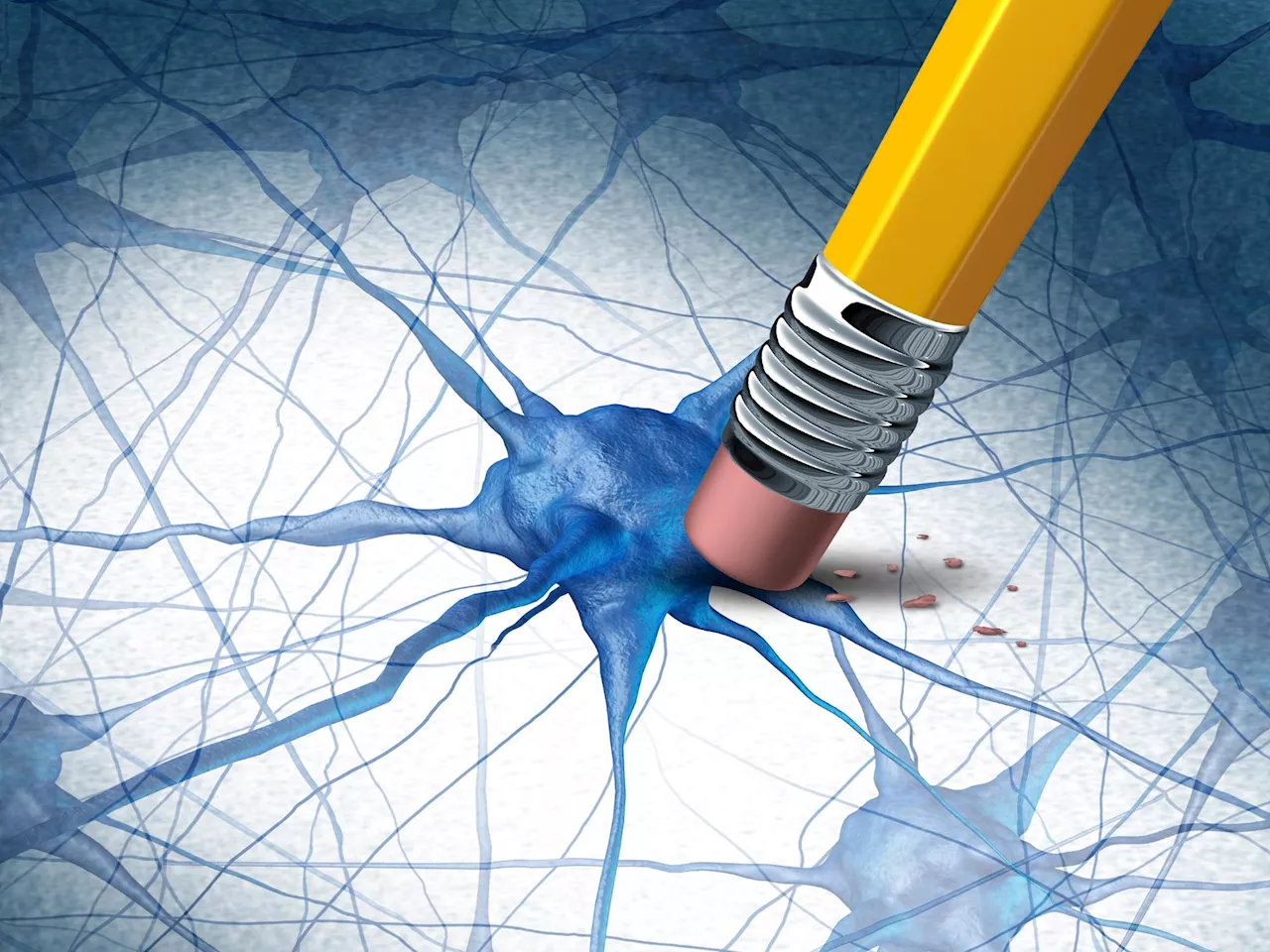 Unlocking the Secrets of Aging: Chinese Researchers Discover Potential Key to Alzheimer’s DiseaseScience, Space and Technology News 2024
Unlocking the Secrets of Aging: Chinese Researchers Discover Potential Key to Alzheimer’s DiseaseScience, Space and Technology News 2024
Read more »
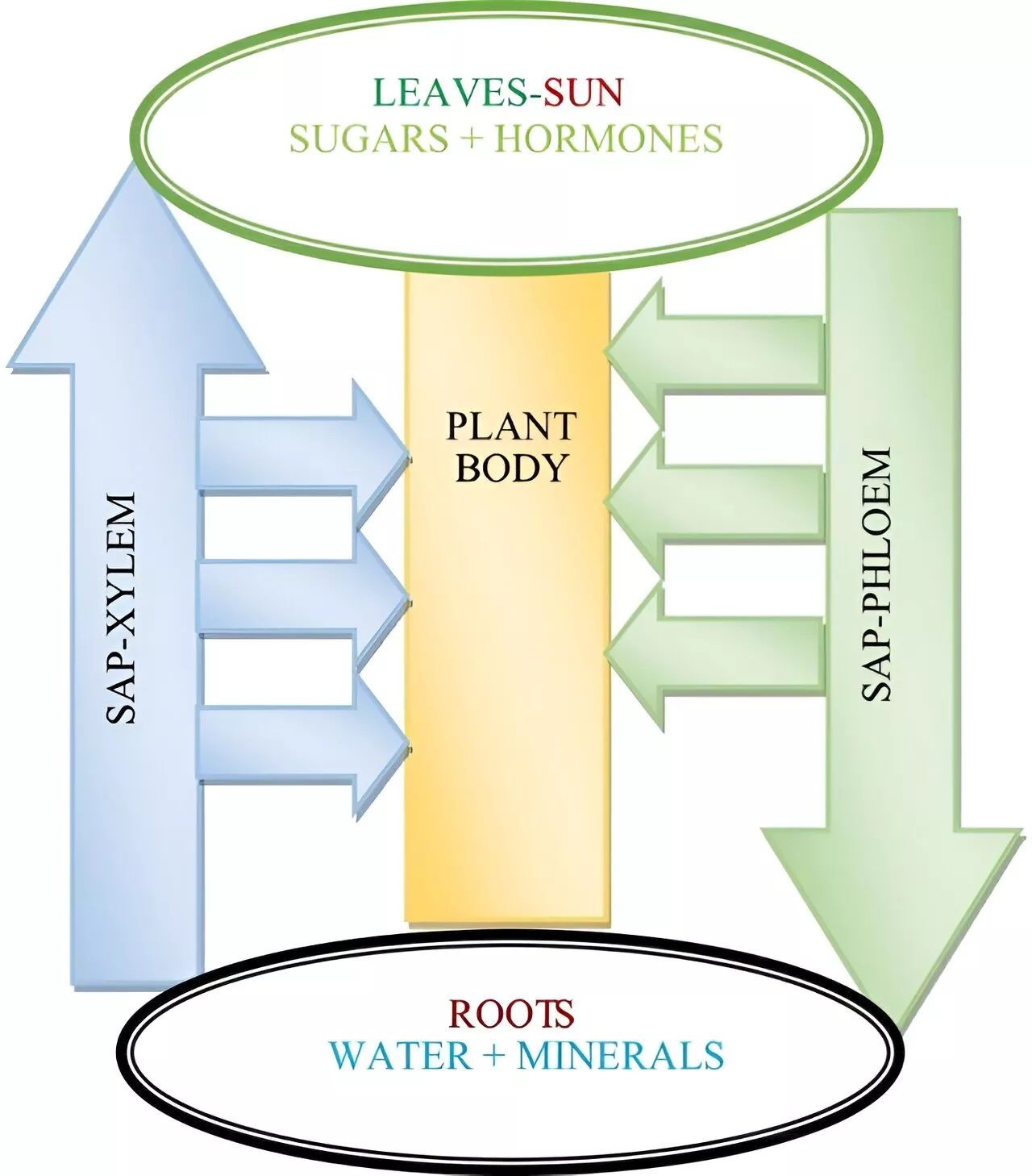 Unlocking the secrets of plant-electromagnetic field interactions: A comprehensive reviewA research team has meticulously analyzed the biological impacts of ornamental plants' exposure to electromagnetic fields (EMFs), especially those at high frequencies.
Unlocking the secrets of plant-electromagnetic field interactions: A comprehensive reviewA research team has meticulously analyzed the biological impacts of ornamental plants' exposure to electromagnetic fields (EMFs), especially those at high frequencies.
Read more »
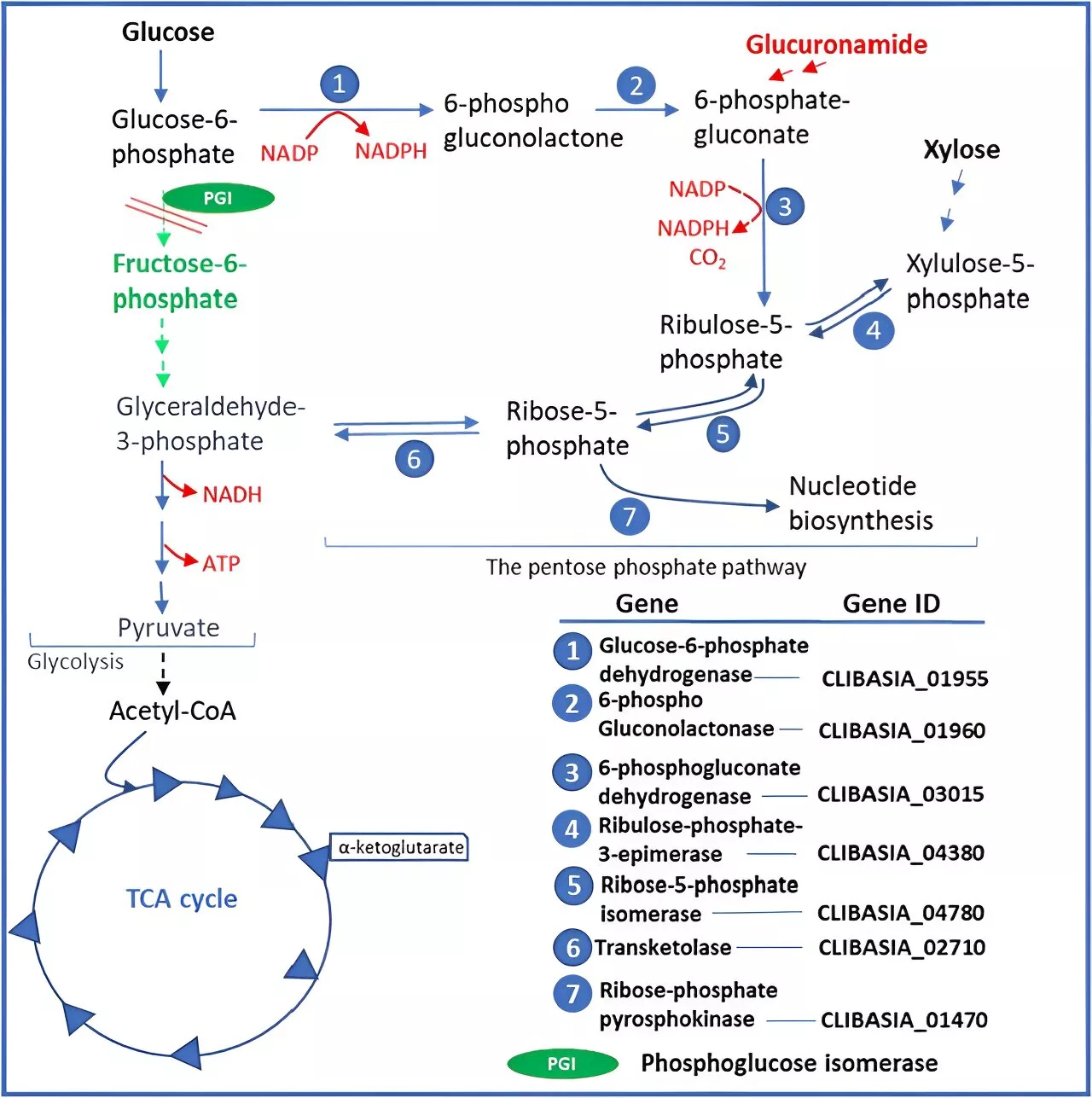 Unlocking the secrets of citrus greening: Cultivating Candidatus Liberibacter asiaticusHuanglongbing (HLB), also known as citrus greening, poses a severe threat to citrus production worldwide. The disease is caused by the bacterium Candidatus Liberibacter asiaticus (Las), which has been challenging to culture outside its host due to its intracellular nature and genome reduction.
Unlocking the secrets of citrus greening: Cultivating Candidatus Liberibacter asiaticusHuanglongbing (HLB), also known as citrus greening, poses a severe threat to citrus production worldwide. The disease is caused by the bacterium Candidatus Liberibacter asiaticus (Las), which has been challenging to culture outside its host due to its intracellular nature and genome reduction.
Read more »
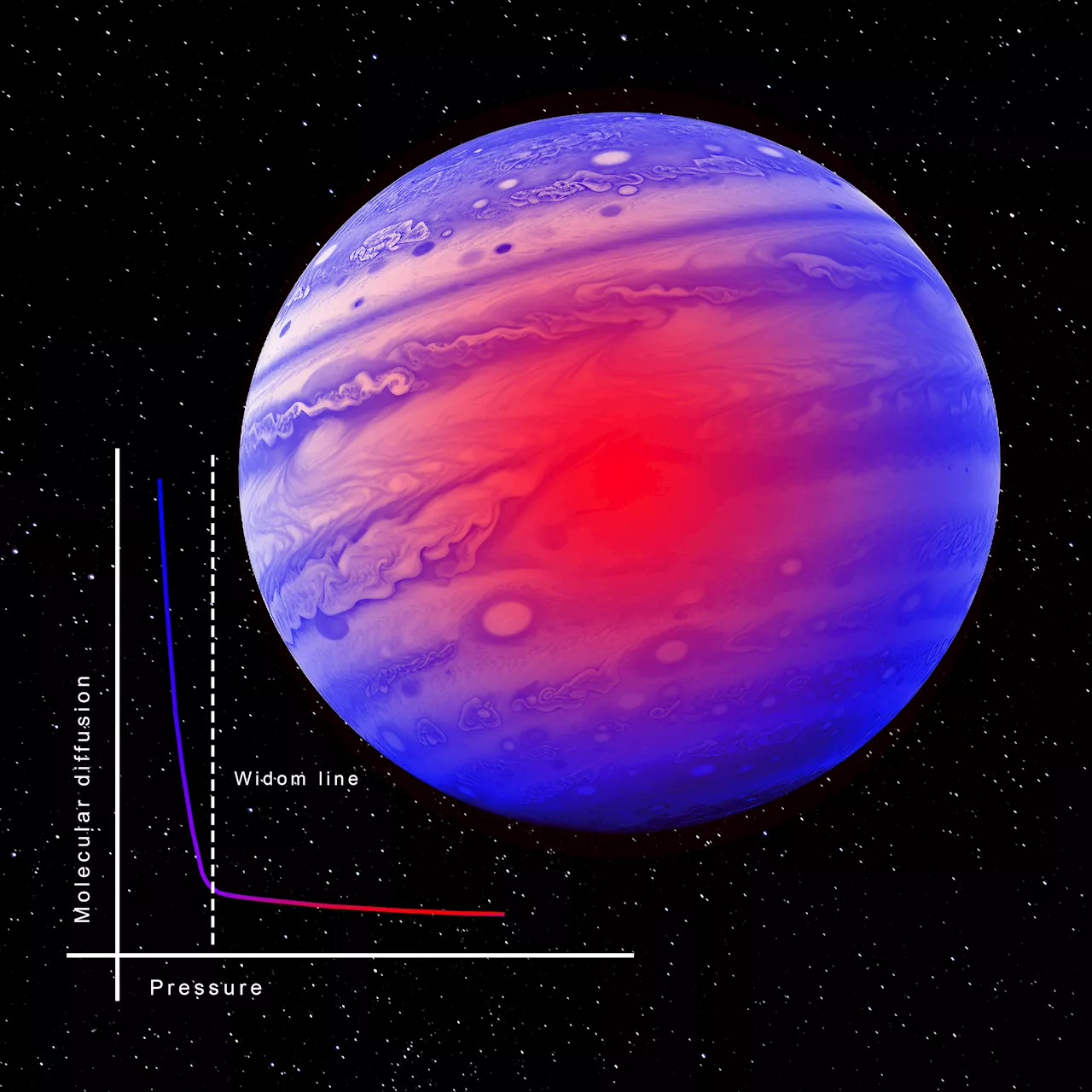 Unlocking the secrets of supercritical fluids: Study offers insights into a hybrid state of matterA study now published in Nature Communications brings remarkable insights into the enigmatic behavior of supercritical fluids, a hybrid state of matter occupying a unique space between liquids and gases, and arising in domains that go from the pharmaceutical industry to planetary science.
Unlocking the secrets of supercritical fluids: Study offers insights into a hybrid state of matterA study now published in Nature Communications brings remarkable insights into the enigmatic behavior of supercritical fluids, a hybrid state of matter occupying a unique space between liquids and gases, and arising in domains that go from the pharmaceutical industry to planetary science.
Read more »
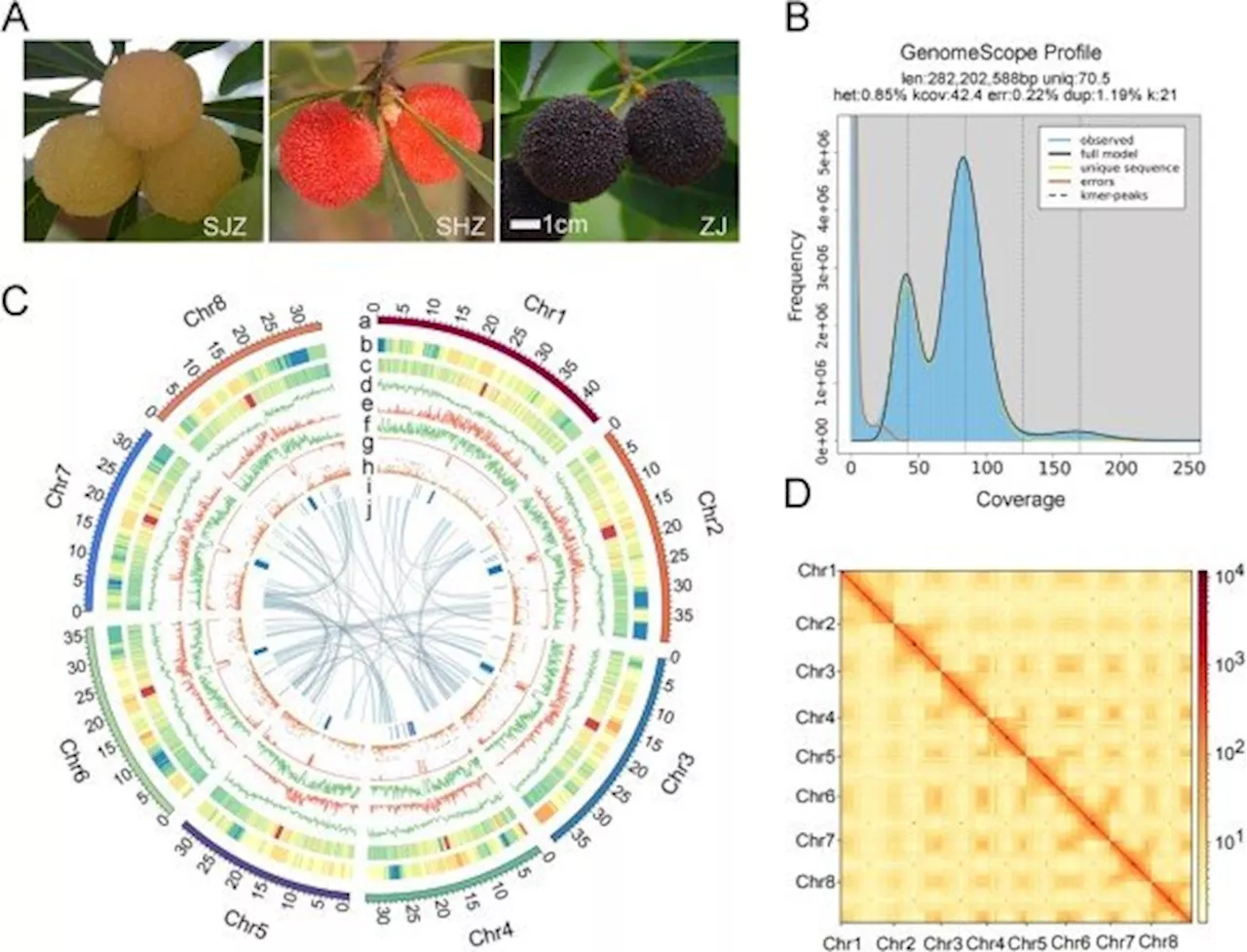 Sweet secrets of the bayberry: Genetic insights set to transform fruit qualityThe Chinese bayberry, Myrica rubra, is a subtropical fruit highly valued for its distinctive flavor, nutritional benefits, and economic importance. However, previous genome assemblies lacked sequence continuity, hindering comprehensive genetic studies.
Sweet secrets of the bayberry: Genetic insights set to transform fruit qualityThe Chinese bayberry, Myrica rubra, is a subtropical fruit highly valued for its distinctive flavor, nutritional benefits, and economic importance. However, previous genome assemblies lacked sequence continuity, hindering comprehensive genetic studies.
Read more »
